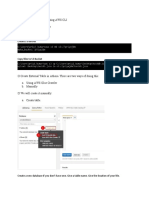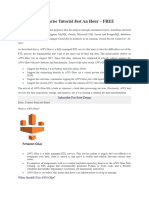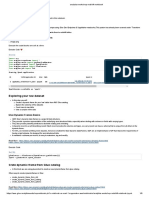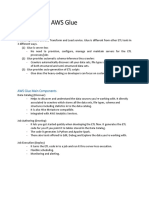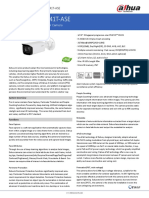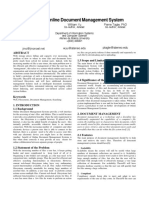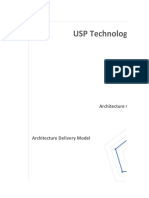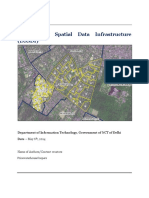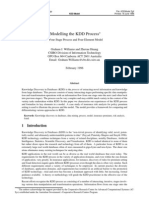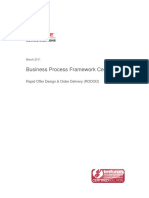0% found this document useful (0 votes)
34 views23 pagesAWS Glue Interview Guide
The document provides a curated list of the top 20 interview questions and answers related to AWS Glue, focusing on its features, functionalities, and integration in data engineering. Key topics include the AWS Glue Catalog, ETL processes, schema management, partitioning, and the differences between SparkContext, SparkSession, and GlueContext. It also discusses the use of DynamicFrames and the importance of custom classifiers in handling diverse data formats.
Uploaded by
sureshCopyright
© © All Rights Reserved
We take content rights seriously. If you suspect this is your content, claim it here.
Available Formats
Download as PDF, TXT or read online on Scribd
0% found this document useful (0 votes)
34 views23 pagesAWS Glue Interview Guide
The document provides a curated list of the top 20 interview questions and answers related to AWS Glue, focusing on its features, functionalities, and integration in data engineering. Key topics include the AWS Glue Catalog, ETL processes, schema management, partitioning, and the differences between SparkContext, SparkSession, and GlueContext. It also discusses the use of DynamicFrames and the importance of custom classifiers in handling diverse data formats.
Uploaded by
sureshCopyright
© © All Rights Reserved
We take content rights seriously. If you suspect this is your content, claim it here.
Available Formats
Download as PDF, TXT or read online on Scribd
/ 23








